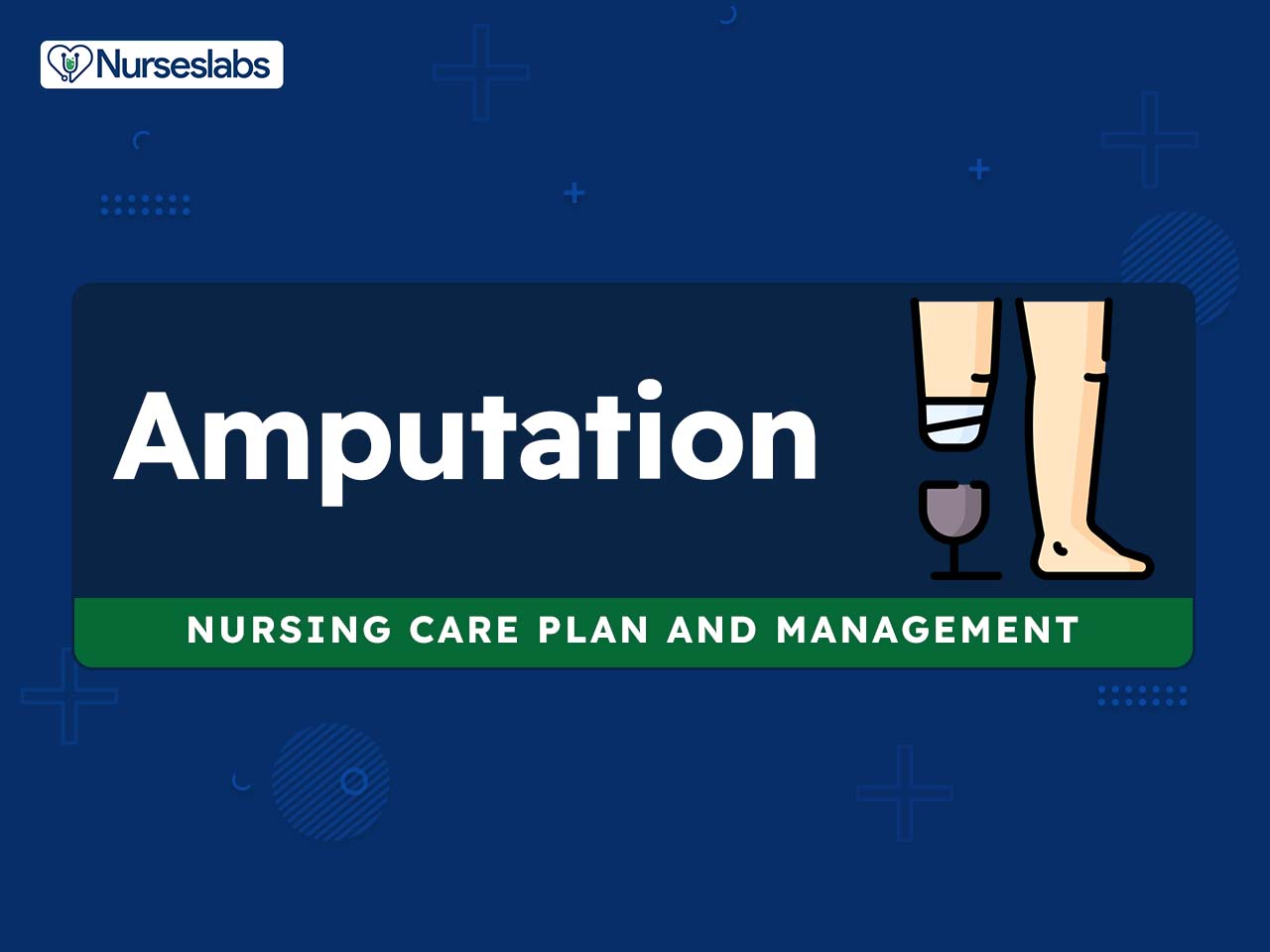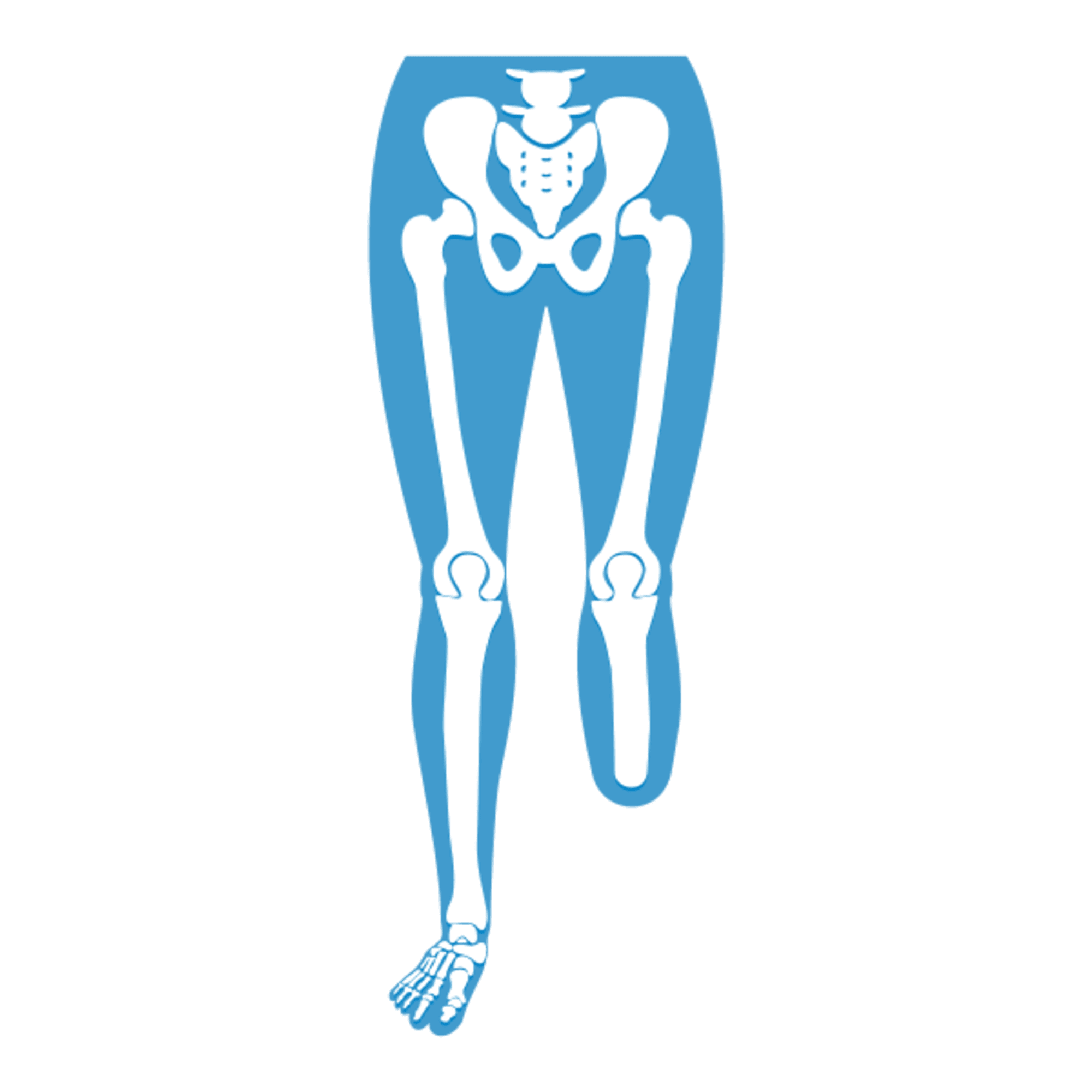
4 Amputation Nursing Care Plans Nurseslabs
Following a thorough assessment, a nursing diagnosis is formulated to specifically address the challenges associated with amputation based on the nurse 's clinical judgement and understanding of the patient's unique health condition.

Below Knee Amputation An Overview of Prosthetic Care
A multidisciplinary approach which includes surgical technique, regional analgesia, pharmacological agents, physical therapy and psychotherapy are all key components in the peri-operative care of an amputee that can have a strong impact in decreasing the risk of PLP.

First Aid for Traumatic Amputation
Evaluation Conclusion FAQs Related posts: Introduction A nursing care plan for amputations focuses on helping the patient through the life-altering event of having a limb removed. This plan includes holistic assessment and evaluation, nursing diagnosis and interventions, outcome statements and rationales, and patient evaluation and education.

Amputation Or Not? Making The Choice For Amputation Prosthesis Prosthesis Advice!
Below-the-knee: removal of the leg 5″ to 7″ (12.5 to 18 cm) below the knee. Knee disarticulation: removal of the patella, with the quadriceps brought over the end of the femur, or fixation of the patella to a cut surface between the condyles (known as the Gritti-Stokes amputation) Above-the-knee: removal of the leg from 3″ (7.6 cm) above.

Houston Amputation Injury Lawyers Armstrong Lee & Baker LLP
Amputation is the surgical removal of all or part of a limb due to a chronic condition or catastrophic injury. Medical advances in preventive approaches have resulted in a drop in the overall rate of amputations in the United States. Amputations due to chronic diseases like diabetes, on the other hand, have stayed constant or even increased.

About Leg Amputation.
A nursing diagnosis is a clinical judgment concerning a human response to health conditions/life processes, or a vulnerability to that response, by an individual, family, group, or community.

In general, amputation of limbs is the result of trauma, peripheral vascular disease, tumors
2 Case Type / Diagnosis: Practice Pattern: 4J: Impaired Gait, Locomotion, and Balance and Impaired Motor Function Secondary to Lower Extremity Amputation. Other Practice Patterns may be applicable as well. ICD 9 Codes: 84.1, 84.3, 84.13, 84.14, 84.15, 84.16, 84.17

4 Amputation Nursing Care Plans Nurseslabs Peripheral Vascular Disease (PVD/PAD) Nursing
NURSING DIAGNOSIS: Infection, risk for Risk factors may include Inadequate primary defenses (broken skin, traumatized tissue) Invasive procedures; environmental exposure Chronic disease, altered nutritional status [Not applicable; presence of signs and symptoms establishes an

Nursing Care Plan for Amputation Nursing care plan, Nursing care, Care plans
Overview Concept maps Many types, variations, layouts Primary diagnosis Typically in center of map Connects to Contributing factors Medications Labwork Patient education Nursing diagnoses Interventions Evaluations Nursing Points General Nursing diagnosis Impaired physical mobility Encourage patient to perform prescribed exercises

4 Amputation Nursing Care Plans • Nurseslabs Nursing Care Plan, Nursing Diagnosis, Vascular
Nursing Interventions and Actions. Therapeutic interventions and nursing actions for clients with impaired skin integrity include: 1. Skin and Wound Assessment. Based on observed signs, symptoms, and/or results of diagnostic tests, a medical diagnosis can be made, which guides the treatment strategy.

Amputation Nursing Osmosis Video Library
Nursing Diagnosis: Impaired Physical Mobility related to the clinical manifestations of psoriatic arthritis, as evidenced by distal interphalangeal predominant (DIPs) in the fingers, morning stiffness of wrists and elbows, pain score of 8 to 10 out of 10, fatigue, disinterest in ADLs due to pain, verbalization of tiredness and generalized weakness

Amputation and 4 Amputation Nursing Care Plans and Nursing Diagnosis My Nursing Papers
Above-the-knee amputations (AKA) involve removing the leg from the body by cutting through both the thigh tissue and femoral bone. This procedure may be necessary for a wide variety of reasons, such as trauma, infection, tumor, and vascular compromise.

Nursing Process The Patient Undergoing an Amputation
This free nursing care plan diagnosis, and interventions for the following conditions: Disturbed Body Image, Residual Limb, Amputation, and Amputee What are nursing care plans? How do you develop a nursing care plan? What nursing care plan book do you recommend helping you develop a nursing care plan?

Amputation XMind Online Library
1. Assessing Mobility Status and the Need for Assistance 2. Safe Client Handling 3. Providing a safe environment for the client 4. Proper Use of Assistive Devices 5. Range of Motion Exercises and Physical Therapy 6. Client Positioning, Moving, and Transferring 7. Client and Caregiver Education to Prevent Falls and Injuries

amputations nursing care Nursing care, Wound care nursing, Medical surgical nursing
Overview Amputation Loss of limb Patient centered care Nursing Points General Reasons for amputation Disease Diabetes->poor circulation, wounds PVD or arterial disorders->lack of blood/oxygen to tissues, wounds Injury Tumor Severe infection->osteomyelitis Amputation locations Leg Above knee Below knee Foot

(PDF) SelfEficacy of Patients with Lower Limb Amputation Nursing Guidelines
Nursing Diagnosis: Impaired Physical Mobility Causes of Related Factors: Loss of a limb (especially a lower extremity); pain/discomfort; impairment of perception (altered sense of balance). Possibly evidenced by the: Reluctance to initiate motion Coordination deficits; less muscle strength, control, and mass Defining Characteristics